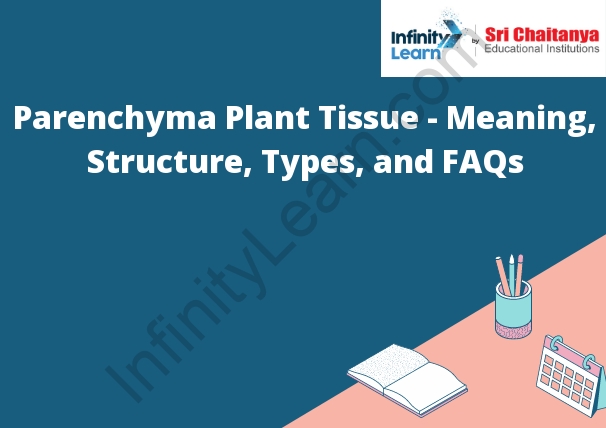Table of Contents
What is Parenchyma Tissue?
The term parenchyma is derived from the Greek word meaning “to pour in”. This type of tissue is a type of connective tissue that is found in the body and is made up of cells that are small and round. These cells are highly specialized and are responsible for performing the many functions of the body. Parenchyma tissue is found in the body in organs such as the liver, pancreas, and kidneys. This type of tissue is also found in the brain, where it is responsible for performing many of the essential functions of the brain.

Parenchyma Tissue Diagram
The parenchyma tissue diagram illustrates the basic structure of this type of tissue. Parenchyma cells are thin and elongated and are typically found in the tissues of organs such as the liver and the kidneys. These cells are highly specialized and are responsible for the production of enzymes and other proteins necessary for the proper functioning of the organ.
Define Parenchyma Tissue along with its Characteristics
Parenchyma tissue is one of the four basic types of animal tissue, and is characterized by its thin, membranous walls and its cells that are highly specialized for carrying out specific functions. The cells of parenchyma tissue are generally small, and they are arranged in a random, diffuse pattern. This type of tissue is found in the organs of the body where it performs the essential tasks of metabolism and secretion.
Structure of Parenchyma Cells:
Parenchyma cells are the most common type of cell in the plant body. They are elongated and have thin cell walls. The cytoplasm of parenchyma cells is filled with organelles and is usually colorless. The nucleus is located near the center of the cell. Parenchyma cells are responsible for photosynthesis, respiration, and the storage of food.
Types of Parenchyma Tissue
There are three types of parenchyma tissue:
1. Simple parenchyma tissue is made up of a single layer of cells. This type of tissue is found in the liver and other organs where it is used for the storage of food or other materials.
2. Compound parenchyma tissue is made up of several layers of cells. This type of tissue is found in the lungs and other organs where it is used for gas exchange.
3. Schwann cells are a type of parenchyma cell that is found in the peripheral nervous system. These cells wrap around nerve fibers and help to protect them.
Parenchyma Tissue Function
Parenchyma tissue is found in the leaves, stems, and roots of plants. It is responsible for the transport of water and nutrients throughout the plant, as well as photosynthesis.
The parenchyma tissue is a type of plant tissue that is found in the leaves, stems, and flowers of plants. This tissue is responsible for the transport of water and nutrients throughout the plant, as well as the storage of these nutrients. The parenchyma tissue is also responsible for the production of food for the plant.
Differences Between Xylem and Phloem Parenchyma Cells
The main difference between xylem and phloem parenchyma cells is that xylem parenchyma cells are specialized for conduction, whereas phloem parenchyma cells are specialized for storage.
Xylem parenchyma cells have large, thin-walled cells that allow water and minerals to move quickly between them. Phloem parenchyma cells, on the other hand, have small, thick-walled cells that store sugar, amino acids and other nutrients.
Xylem and phloem parenchyma cells also differ in their shape. Xylem parenchyma cells are usually round or square, while phloem parenchyma cells are elongated.
Xylem and phloem parenchyma cells are two types of parenchyma cells. Parenchyma cells are the most common type of cell in plants. They are thin-walled and have a large central vacuole.
Xylem parenchyma cells are located in the xylem, which is the part of the plant that carries water and minerals from the roots to the rest of the plant. Xylem parenchyma cells are thin-walled and have a large central vacuole. They are responsible for the transport of water and minerals through the xylem.
Phloem parenchyma cells are located in the phloem, which is the part of the plant that transports food from the leaves to the rest of the plant. Phloem parenchyma cells are thin-walled and have a large central vacuole. They are responsible for the transport of food through the phloem.





